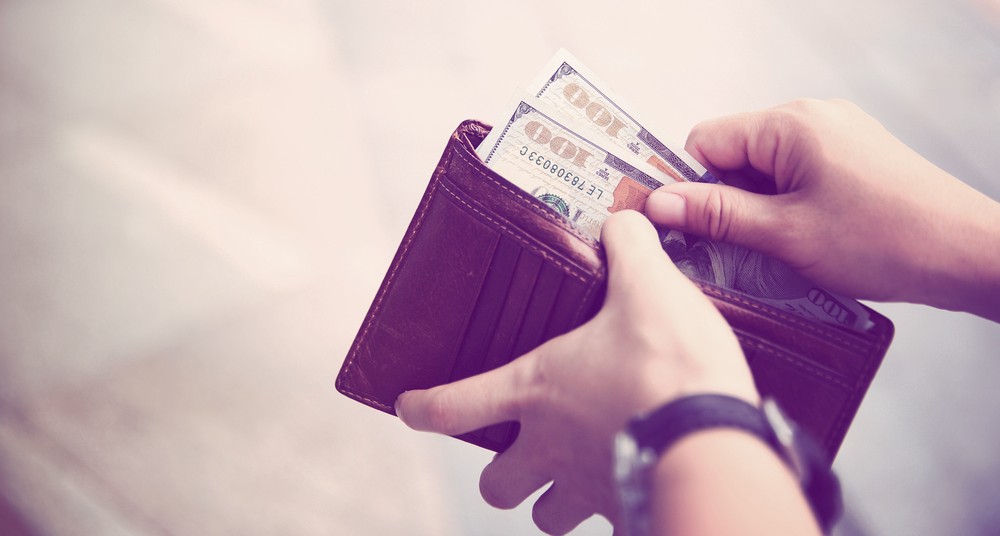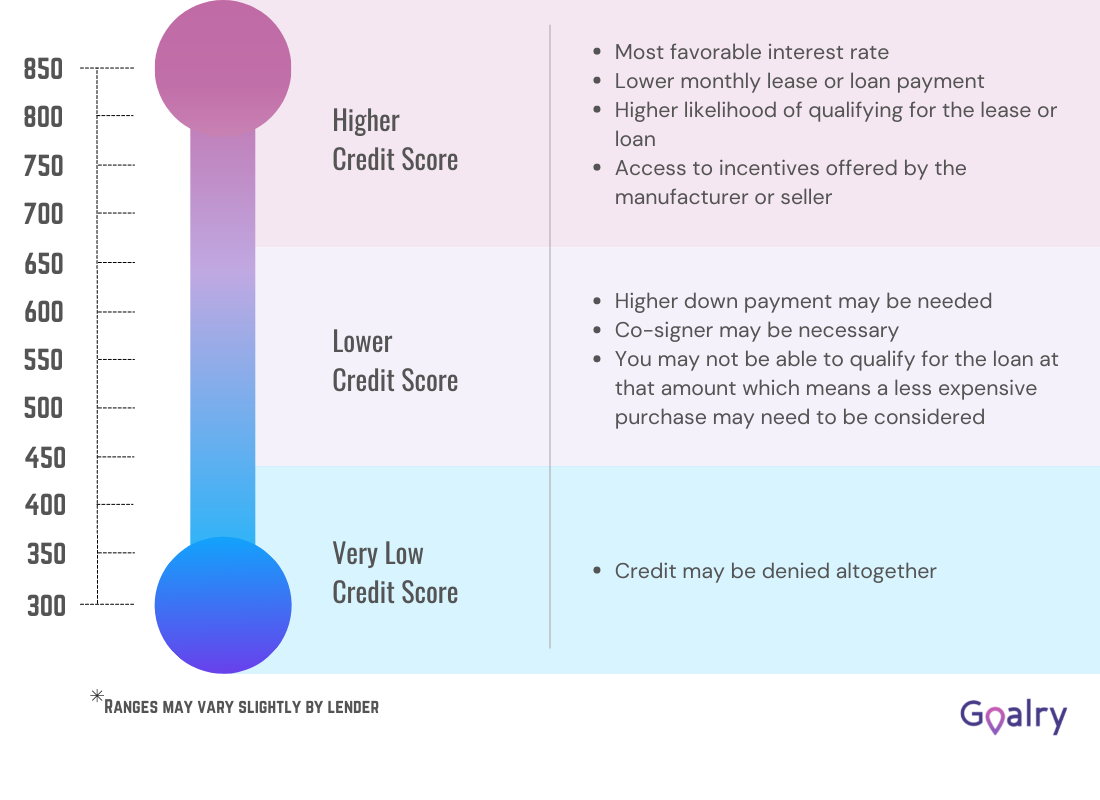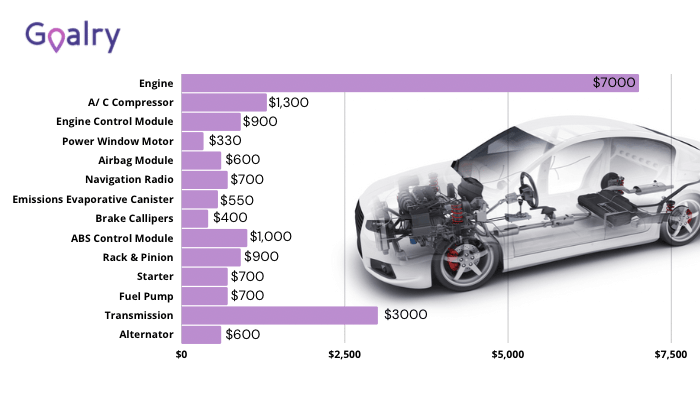
If you are considering a personal loan, it may be a stressful time for you. I understand that the need for a personal loan comes up at varying times. It could be that you are in a good place financially and can afford to the monthly payments for a personal loan. There is another side to needing a personal loan. You could be in a place where you need money fast because you are in a sticky situation. You may have medical bills that you cannot afford. There may be some type of emergency that requires you to make significant repairs or a replacement.
No matter what your financial position is, when you are considering a personal loan, you should be sure that is the right path for you. You do not want to enter into a loan contract without serious consideration. It may be something that you cannot easily terminate. You may not be able to return a loan, but there are other ways you can handle a personal loan.
You are seriously considering a personal loan and one of your burning questions is what if I want to return it? That is a valid question and you should know the answer to it before making that decision. However, if you are asking that question, you probably have a few more questions. It is important that you fully understand everything as it relates to a personal loan. I am going to start with the most basic information.
What Is A Personal Loan?
A personal loan is when some type of lender allows you to borrow money. You promise the lender to repay the money when you make regular monthly payments for a set period of time. The set period of time can be anywhere from three to five years. A lender can be a bank, online lender, credit union and even a friend or family member. The lender adds interest to the money you borrow. This is a fee for allowing you to borrow money from them. This amount varies based on several factors, including credit score. The amount you pay per month is typically static and does not change from month to month.
A loan is a contract so it is important that you read the entire document, including the fine print. A lender is required to give you all the information about the loan before you sign the document. That does not mean that information is in print that you can easily read. Pay attention to everything before you sign it.
Can I Return a Personal Loan?
Typically when you accept a personal loan and the money has been deposited into your account there are no true givebacks. You can cancel the loan before you sign the paperwork and the fund are in your bank account. The one exception is a mortgage refinance, but that is not considered a personal loan. Depending on the lender, they may offer you a short period of time when you can return the loan. It depends on the lender and they do not have to offer it. You should ask your lender if they offer this period of time. While you may not be able to cancel the loan, you can always pay off the loan. There is a slight catch here.
You were in the amount of $5,000 with 10 percent interest. Most likely there were fees associated with your loan, so only $4,500 was deposited into your account. However, you owe $5,000 back to the lender. You also have to pay interest for the amount of time you had the money. In reality to pay off the loan right away, you have to pay money out of pocket.
Payday loans often have a two-day cooling-off period. You do not have to have a reason for canceling the loan. You have to give back the money. They do not charge you fees or interest.
Can I Pay Off A Loan Early?
Yes, you can always pay off your personal loan early. I briefly touched on this above. However, there may be additional fees associated with paying off your loan early. You should make sure you read the fine print of any contract you sign. All lenders must disclose all the information about fees and interest about your loan in the contract. It is up to you to read and understand what is in the contract.
A lender may charge you an early termination fee. This is a charge from the lender when you pay back the money you borrowed earlier than the schedule. The lender makes money from your loan by charging you interest. They lose money when you pay off the loan early. They may charge a fee to offset the money they end up losing. Not all lenders charge this fee, so pay attention to the contract before you sign it.
There may be other fees that the lender charges you. One of those possible fees is an origination fee. It covers administrative costs that come with the loan. This is for the paperwork. This is usually taken off the top of the loan before it is deposited into your bank account. Some lenders charge application fees. This fee is charged by the lender simply for you to fill out the application. You may have to pay this out of pocket before the lender processes the loan. Even they deny your loan, you still have to pay the fee.

Are There Different Types Of Loans?
There are a variety of personal loan options available, so you should be able to find one that fits your needs. One of the major differences between loans is a secured or unsecured loan. Most personal loans are unsecured. That means that they do not have collateral associated with the loan. They are riskier for the lender and typically have a higher interest rate. A secure loan means there is collateral associated with it. Collateral is an expensive item, such as a house, car, or jewelry associated with the loan. If you do not pay back the loan, the lender gets to keep the item used as collateral.
In addition to the two major types of personal loans, there are also different kinds of loans. I mentioned earlier that there are many different types of lenders. You can borrow from online lenders. In the past online lenders were considered for those with bad credit but that is no longer the case. Even those with excellent credit are getting loans from online lenders because it is faster. You quickly fill out an application and you receive an answer in about a day and the money is in your account just as quickly. Historically, they have had high-interest rates, but that is not the case today. It gives you another avenue to research when looking for a personal loan.
If you are interested to apply for a personal loan, You can check out Loanry and see what we can offer to you. We connect you with reputable lenders whom you can trust to honor the deal between you.
There are other types of loans but I would pursue them cautiously. They have high-interest rates, high fees, and can be dangerous. However, they can get you a small amount of cash quickly. You must pay back the money quickly as well. These are payday loans, fast cash loans, and title loans. Each one has different parameters. If you know that you can pay them back on time without any impact on your finances, then they may be the route for you. Just be aware that you should proceed with caution.
I’m Not Sure A Loan Is For Me
Obtaining a personal loan is something you should seriously consider before you sign the paperwork. It is understandable that you may not be sure if a loan is the right decision for you. You must make the right decision for you at this time. There are some items you should consider when deciding if a loan is right for you. The first thing you should decide is if you can afford to pay back the loan. If you cannot afford the monthly payments, you should not accept the loan. If you cannot afford the loan, you are putting yourself in a terrible financial position. You should also think about why you want the loan. If it is for something you need, you may want to move forward. However, if it is for something that you do not need, or frivolous, you may want to think twice about it.
If you are sure that you can afford the loan payments each month, then it may be a wise decision for you. When you use a personal loan properly, then it can help to improve your financial outlook. The key is to make the decision that does not hurt you financially. You have to be the one to make the decision for you. You cannot let others guide you to thinking if a loan is right or wrong for you.
What Happens If I Default On a Loan?
The last thing that you want to do is the default on a personal loan. When you default on a loan that means you have stopped paying the loan. Each lender has a different idea of what default means. For some lenders, one payment means that you are in default. Some lenders provide you a grace period of up to six months before they say you are in default. No matter what definition the lender uses, you still want to avoid default at all costs. Lenders make sure they get their money no matter what. They may incorporate the use of a collections company to come after you. They may choose to sue to get their money. If they decide to sue you, they take you to court and can garnish your wages. That is expensive for a lender because they have to pay court costs.
To avoid default, you should pay all of your bills on time. If you think you will not be able to pay them on time, you should contact your lender. In cases such as those, you should call them and tell them you are having financial difficulty. More often than not, the lender is willing to work with you in settling your bills. It really benefits them to work with you because you paying some of your bills is better than not paying the bill at all. If you can set up a payment plan, you can pay some of the bills.
Paying Interest Scares Me
It may be a bit extreme to be afraid of interest rates, but you certainly should not be a fan of them. Every personal loan has interest rates, which depend on your credit score. Interest rates are annoying but a necessary evil when it comes to personal loans. Interest rates can make a huge difference in your monthly payment. Before I get into the details of how interest rates impact your monthly payment, you should understand more about interest.
When you obtain a personal loan, you borrow a set amount. That is the principal amount. This is the amount to which the lender adds interest. Most lenders have a maximum amount they allow people to borrow. Lenders add interest on top of the principle. This is a percentage of your loan. This is usually a fixed rate that can be anywhere between 7 percent to 30 percent. Each loan has a term length. This is the amount of time you have to pay back the loan. It can be anywhere from 3 years to 5 years. Like the loan amount, the term length is fixed so you know how long you will pay back the loan.
Here is an example of the impact of interest shown in numbers:
Principle amount of your loan = $5,000
Interest rate with good credit = 10% = $500
Term length = 3 years (36 months)
$5,000 + $500 = $5,500 total loan amount = $152.78 per month
Another example with a higher interest rate:
Principle amount of your loan = $5,000
Interest rate with bad credit = 25% = $1,500
Term length = 3 years (36 months)
$5,000 + $1,500 = $6,500 total loan amount = $180.56 per month
What Happens During The Application Process?
No matter which type of lender you choose for your personal loan, you still have to fill out an application. You can do it in person or online. An online application is fast and easier. These applications typically have less questions. If you apply in person, a loan consultant most likely fills out the loan for you. You have to provide documentation once you fill out the loan. Lenders take a look at the documents you provide and look at some key information. There are interested in your income. They want to make sure you have regular income to pay back the loan. They also want to make sure that the amount of income you receive covers the loan amount.
Your credit score makes a huge impact on a lender’s decision to approve you for the loan. The lender pulls your credit report to see your credit history, employment history, and credit score. They also take a look at your current debt to income ratio. This is the amount of debt that you have and how it compares to the amount of income you have. A lender may decide that it is too risky to give you an unsecured personal loan. They may ask you to provide collateral. They may even ask if you could get a co-signer for your loan. This provides the lender more security when allowing you to borrow money.
What Documents Do I Need?
The documents are typically the same regardless if you get a personal loan online or through more traditional means. The lender expects you to provide the needed documents in a timely manner. It is in your best interest if you provide them as soon as possible. The first thing the lender wants to see if proof of identity. This is for your protection as much as it is for the lender. This document should have your picture and name on it. It could be a driver’s license, military ID, or passport. It must be a valid ID, so it cannot be expired. You need to provide proof of income. This document can be paystubs, W 2 forms, tax forms and documents, and bank statements.
The lender wants to know how much money you are spending on housing. This is a good way for them to determine if you are living above your means. They may ask to see proof of your rent or mortgage payment and your utility bills. They may ask for these documents and only give you two or three days to provide them. Lenders believe this information is easily accessible to you. They may also ask for proof of any retirement or annuity payouts you receive. You have the right to ask why they need the documents, but keep in mind, failure to provide them may mean you are denied.
What About My Credit?
Your credit score plays a big role in the personal loan decision. You may think your credit score is not a big deal, but it is. It is a huge deal in every aspect of your life. If you have bad credit, it can interfere with your ability to get a loan, a house, insurance, and even a job. You would be surprised how often others use your credit score to determine something about you. It may not be fair but that is often what happens. That is why you must work incredibly hard to not allow your credit score to slip.
Credit scores range from 300 to 850 points. The lower that number is, the worse your credit is considered. Anything above 700 is considered a good score. Anything below about 650 is starting to get into the fair to the bad range. Most people fall into the 600 to 750 range. The reason for most credit scores dropping is late or missed payments. It is hard to get and maintain a good credit score. It only takes one or two mistakes and your credit score decreases. If your credit score is low, you can bring it back up but it does take consistent and hard work. You should protect your credit score and do everything you can to not let it fall below what is considered good.

How Can I Repair My Credit?
I mentioned in the paragraph above, that is it possible to improve your credit score, but it takes consistent work. If you would like to obtain a personal loan with the best interest rate, you want to make sure your credit score is good or better. You should first pull your credit report and take a good look at it. If there are any errors or mistakes, you want to correct them immediately. That is a quick way to improve your credit score.
After that, you must make sure you are paying all of your bills timely. You cannot miss or make late payments. This causes your credit score to plummet. You can consider obtaining a personal loan to improve your credit score. Once of the best ways to improve your score is to make consistent payments on time. When you get a personal loan and make the regular monthly payments, you improve your credit score. While this may seem like an extreme way to improve your credit, it is a viable option if it makes sense for you to have a personal loan.
How Can a Budget Help Me?
Yes, a budget can absolutely help you with just about everything. There are many apps and websites available to you that make creating a budget easy and fast. Creating a budget puts you on the right track to being in control of your money. If you do not currently have one, once you finish reading this article, you must create it. The actual creation of a budget is fairly simple. You write all of your expenses in one column and add them together. Then, you list all of your income in a separate column and add that together. You subject the expenses from the income and hopefully, you have a positive number. If so, this is the money you can spend, providing you are already saving money. If you are not saving money, do that now. Save the money before it is considered income.
When you create a budget, you can determine if you can afford to repay a personal loan. If you have money left after you subtract your expenses from your income, this is how much you can afford to pay back each month for a loan. It can also help you decide if you should even pursue obtaining a loan. The numbers do not lie. If you cannot afford to repay a loan on paper, chances are you cannot repay in real life.
Conclusion
We have talked a lot about personal loans. You cannot technically return a personal loan. But you can repay them early. You can potentially give them back with some fees, but once that money hits your bank account, you are essentially stuck with your personal loan decision. There are many loan options available to you, including personal cash loans and online loans. They are fairly easy to obtain. Just because you can do not mean that you should. That does not change the fact that obtaining a personal loan is a serious decision. It is a decision you should give a lot of consideration. You should not enter into any contract lightly and certainly not one where you have to make payments.
An important thing to always remember is that you must make sure you can afford to repay the loan before you sign the paperwork. Put your budget in action and make sure that you have extra money at the end of the month to repay the loan. A loan is not free money. You have to pay it back. If you do not repay a loan, there are consequences that significantly impact your finances and your credit.

Julia Peoples is a long-time business manager focused on providing decision making assistance to the public. She works with people at key points of their lives who are making important retirement and financial decisions. She has had many articles published that educate the public on sound financial decision making.
Julia writes for those who are working towards financial freedom or a better understanding of how finances work. She has shared her financial insights with individuals on a one on one basis for years.



